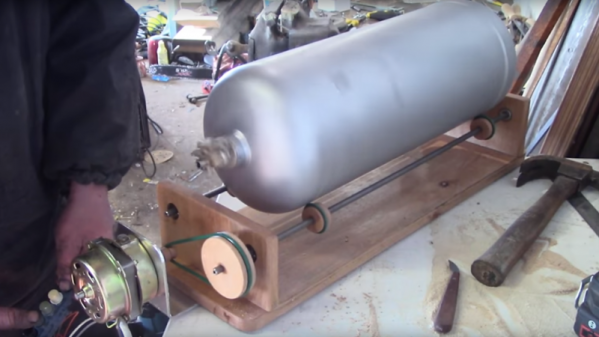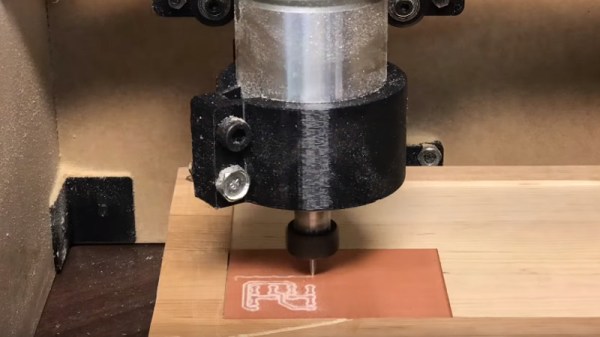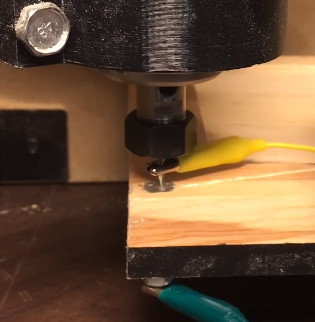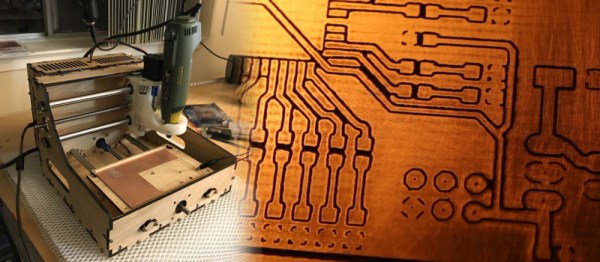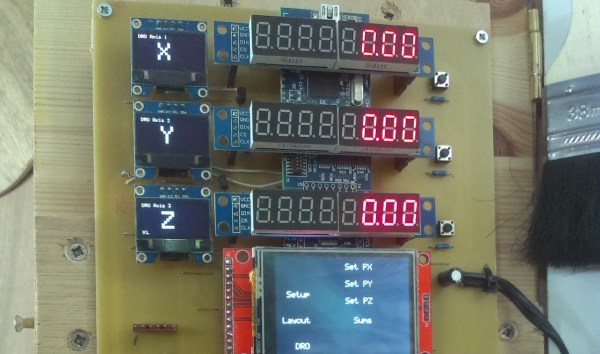Nothing says hack like a tool quickly assembled from a few scrap-heap parts. For [Turbo Conquering Mega Eagle], his junkyard finds were a fire extinguisher, an old office fan, and a few scraps of plywood; the result was a quick and easy ball mill.
There’s very little mention of what said ball mill will be for — [TCME] said something about milling bentonite clay, AKA kitty litter — but that’s hardly the point. Having previously fabricated a much smaller version of this ball mill that could chuck up in his lathe, he scaled this one up considerably. The spent fire extinguisher was relieved of the valve and some external bits to create the mill’s drum. Plywood was used for a quick frame to support rollers and to turn a couple of pulleys for the running gear. The fan motor proved barely capable of performing, though, even with the mechanical advantage of the pulleys and an improvised drive belt. The motor just didn’t have the oomph to turn the drum when loaded with ceramic balls, but a quick adjustment to the drive train did the trick. The video below shows the whole build process, which couldn’t have taken much more than a couple of hours.
It looks like a sand casting project may be on deck for [TCME]’s milled bentonite, so we’ll look forward to that. Perhaps his other recent fire extinguisher build will make an appearance in that video too.
Continue reading “Fire Extinguisher Ball Mill Destined To Grind Kitty Litter”

